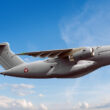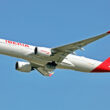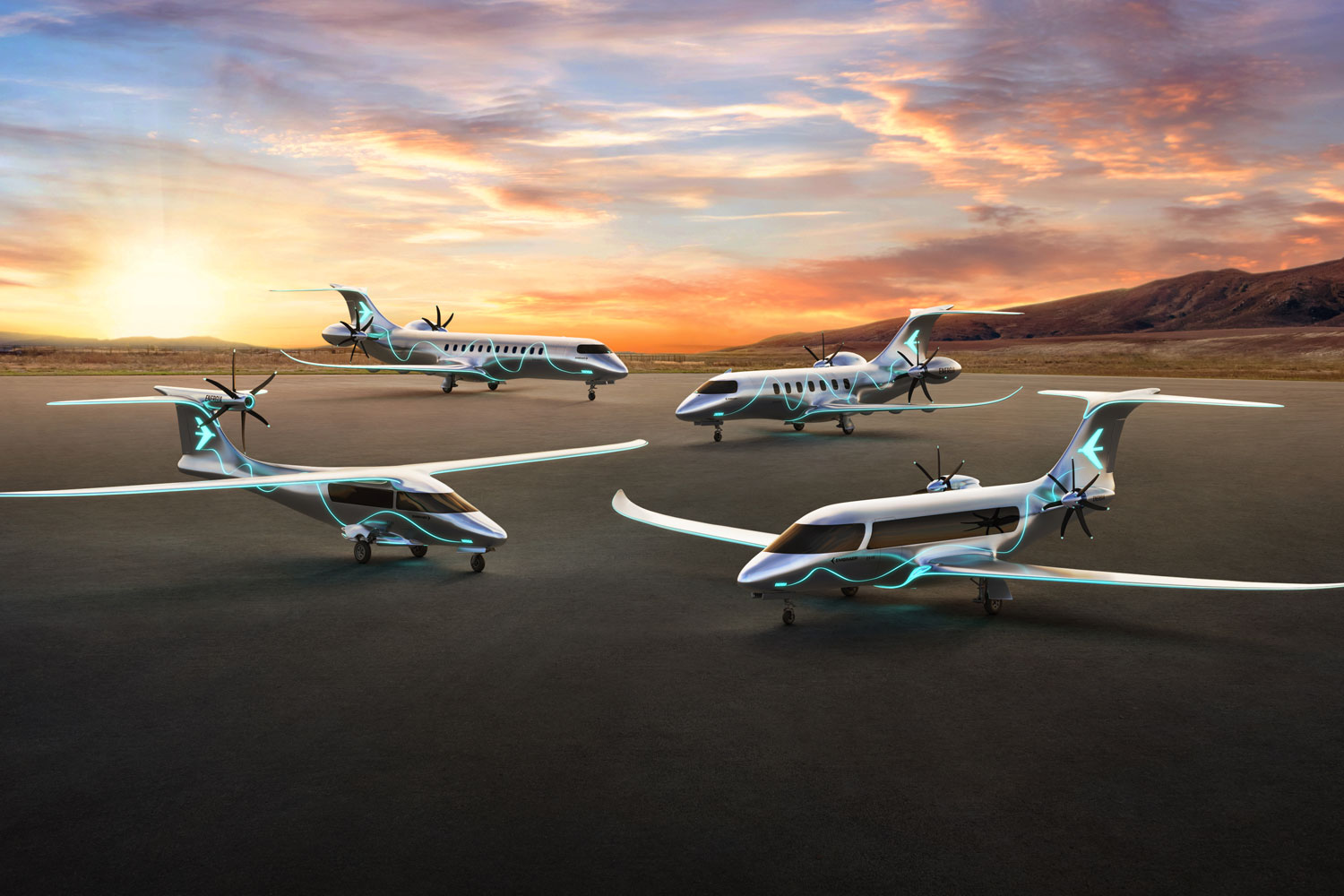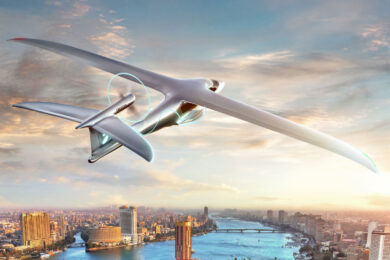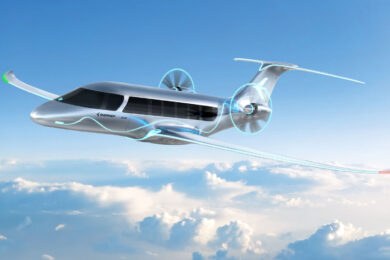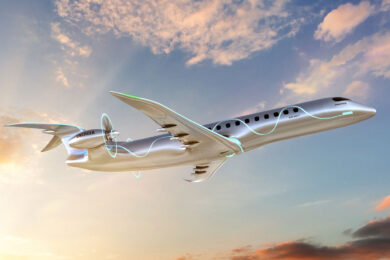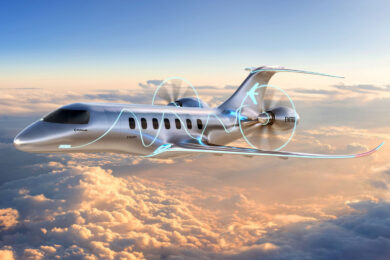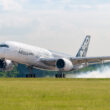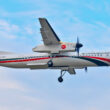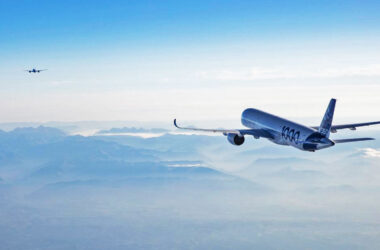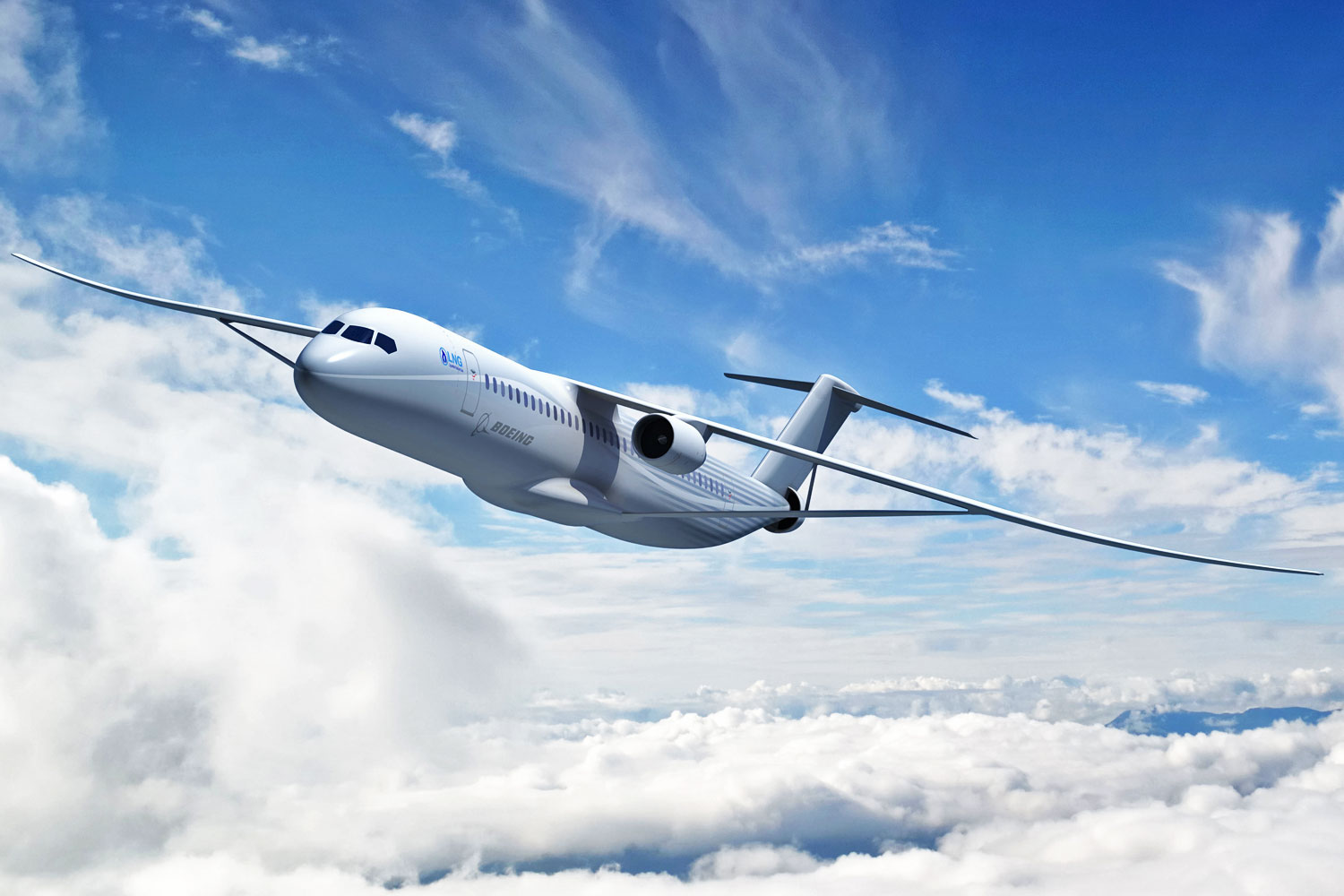Embraer its Sustainability in Action initiative with the aim of enabling a new crop of sustainable civil aircraft, in line with the growing concern for the environment.
Called “Energy”, the new family of concept planes includes 100% battery-powered models, but also hybrid proposals with hydrogen cells, but also gas turbines.
According to the company, the project intends to test several concepts and technologies over the next few years in order to find the most promising proposals. For this reason, Embraer divided the program into four types of propulsion, namely:
Hybrid Energy (E9-HE)
- hybrid-electric propulsion
- up to 90% reduction in CO2 emissions
- 9 seats
- rear mounted engines
- technology availability in 2030
Electric Power (E9-FE)
- complete electric propulsion
- zero CO2 emissions
- 9 seats
- rear counter-rotating propellers
- technology availability in 2035
Energy H2 Fuel Cell (E19-H2FC)
- electric hydrogen propulsion
- zero CO2 emissions
- 19 seats
- rear mounted electric motors
- technology availability in 2035
Energy H2 Gas Turbine (E50-H2GT)
- hydrogen propulsion or SAF / JetA
- reduction of CO2 emissions by up to 100%
- 35 to 50 seats
- rear mounted engines
- technology availability in 2040
Embraer divided technologies by complexity and autonomy. While the fastest project to develop involves a small aircraft similar to the Phenom jets, the larger model is equivalent to the ERJ 145 and is not expected to hit the market for two decades.
The Energia Hybrid plane, scheduled for 2030, combines a more accessible technology solution, the use of a turbine engine with an electric one. The configuration has a good range of 500 nautical miles (926 km), however, it has a smaller reduction in the emission of pollutants, especially with the use of Jet A fuel.
The E9-HE, as it is also called, has a conventional configuration, with a T-tail and rear pylon-mounted engines and seven-blade pusher-type propellers. The company suggests that the aircraft could have wide side windows, in addition to wings with a supercritical design.
The Energy H2 Fuel Cell aircraft makes use of electric propulsion but derived from hydrogen cells instead of carrying batteries. The configuration was conceived in a 19-seat aircraft, has zero CO2 emissions and is very reminiscent of a corporate jet like the Praetor, but with the rear section elongated to accommodate the hydrogen tanks – 2035 is considered a feasible timeframe for the technology.
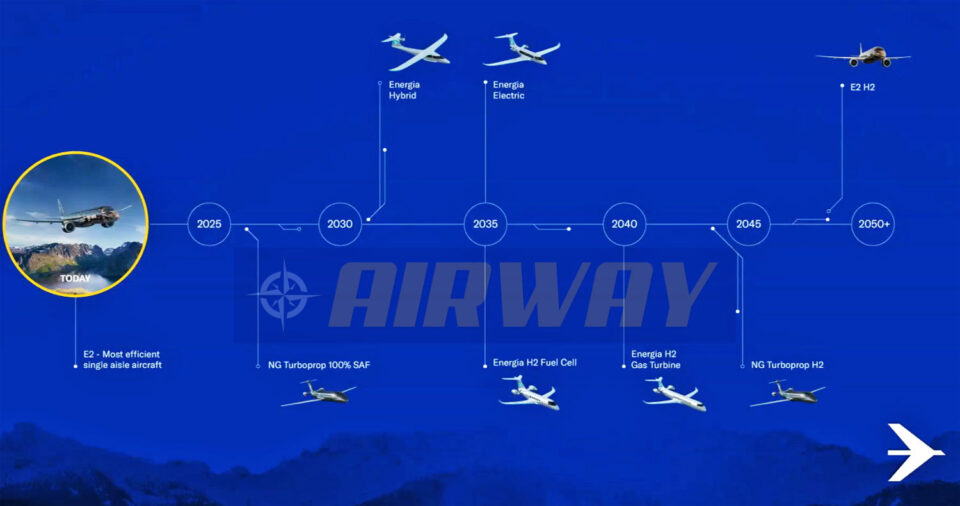
The Energia H2 Gas Turbine aircraft, in turn, is a non-electric hybrid. It can carry 35 to 50 passengers and use two modes of propulsion depending on the distance to be covered. If the route is up to 350 nautical miles (650 km) it would be possible to fly only in hydrogen mode, if the flight goes beyond that, the gas turbine would be activated.
In Embraer’s conception, the concept takes the longest to become reality, around 2040. In all of these options, sustainable fuel (SAF) would reduce emission levels considerably.
100% electric
The Energia Electric is a small, all-electric, high-wing aircraft with a capacity for nine passengers. The suggested layout includes installing counter-rotating propellers in front of the T-tail, which would only be powered by long-life batteries.
Its range would be 200 nautical miles (370 km), with noise reduction of up to 80% compared to current aircraft of similar size. The company believes it could come into service around 2035.
Embraer stated that it has conditions to invest in the development of technologies in the coming years and that the experience gained from these studies can help in other areas of activity, such as defense.
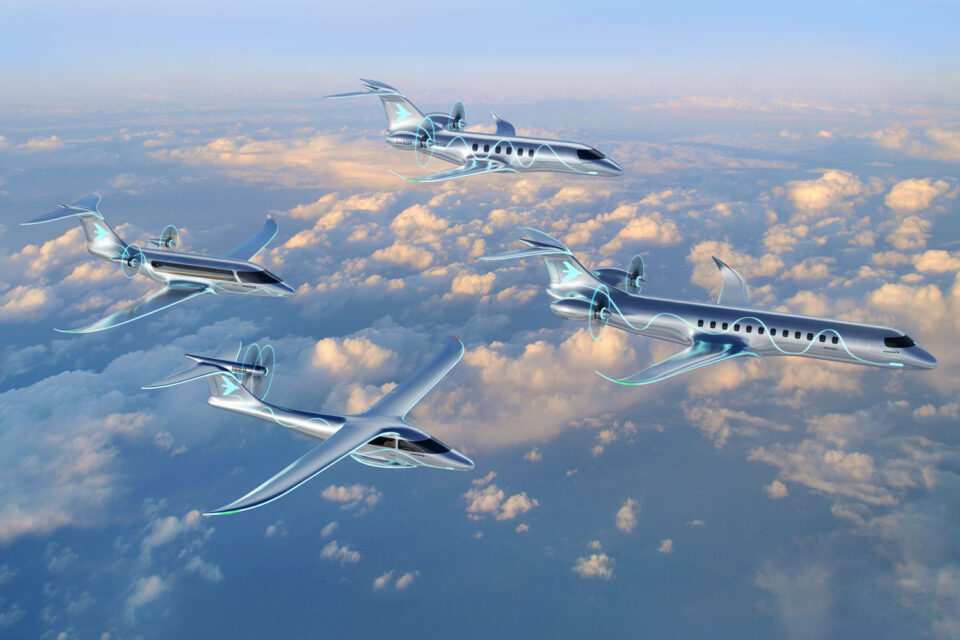
To make the technologies feasible, the company said it has partnered with an international consortium of engineering universities, aeronautical research institutes and small and medium-sized companies to better understand the capture, storage and thermal management of energy, and its applications for the sustainable propulsion of aircraft.
Embraer released a schedule that shows not only the aircraft of the Energia family, but also projects that are already in the pipeline, such as the new generation passenger turboprop that should reach the market in the second half of the decade.
In a much more distant scenario, the Brazilian manufacturer sees learning with the concepts benefit its larger aircraft. In 2045 it envisions the regional hydrogen-powered turboprop while the E2 family jets would be replaced by a new series also using H2.


